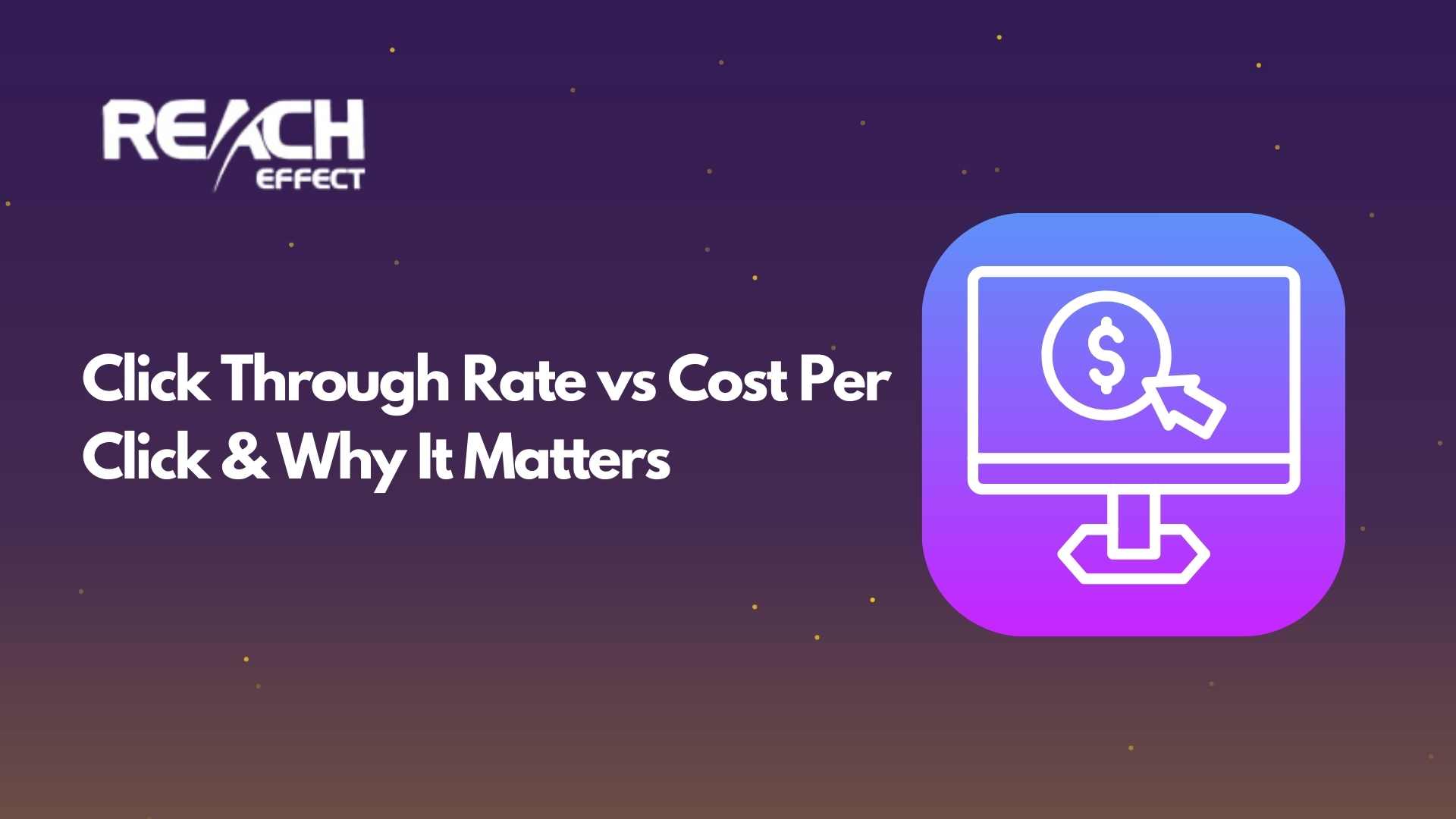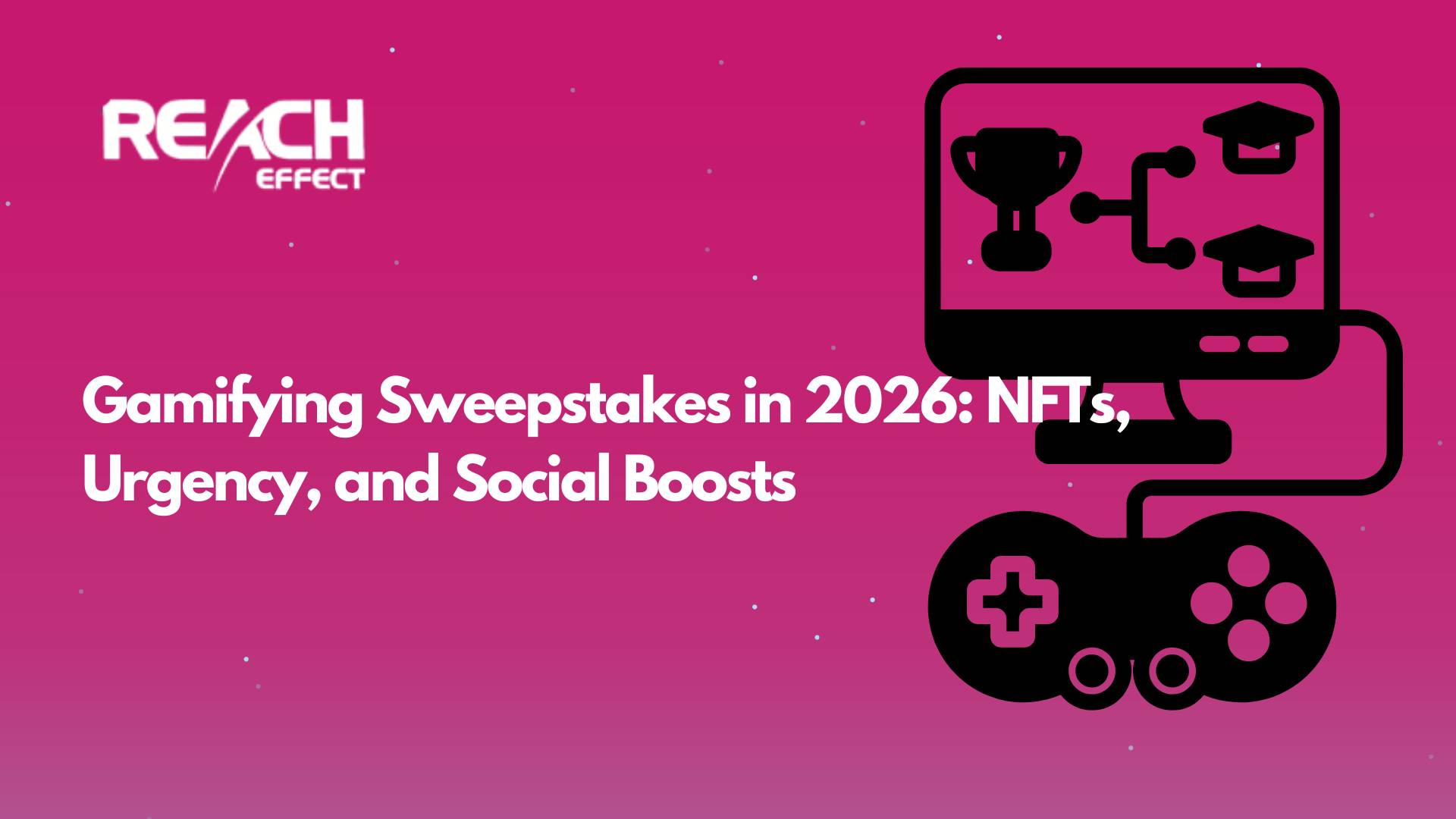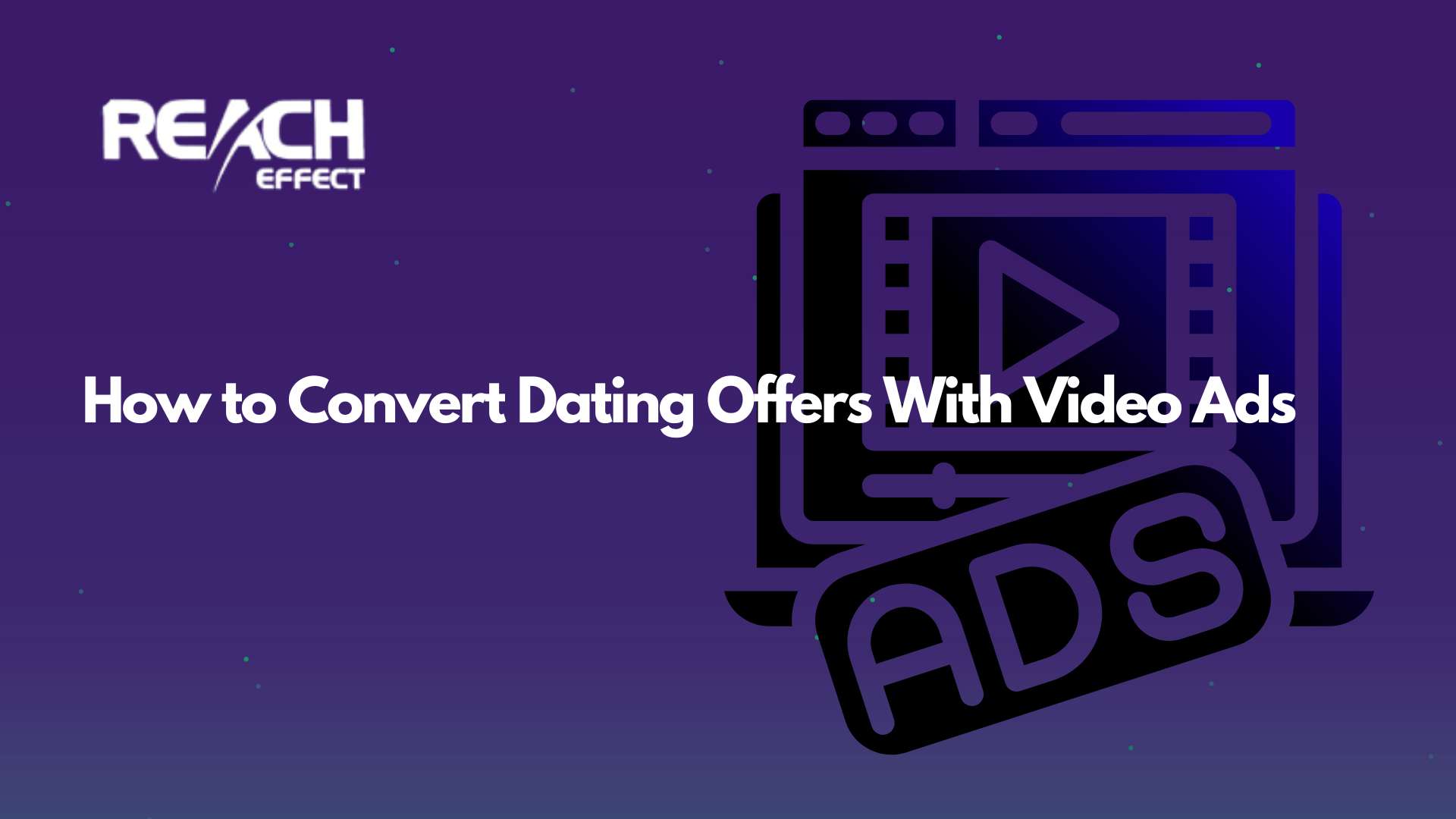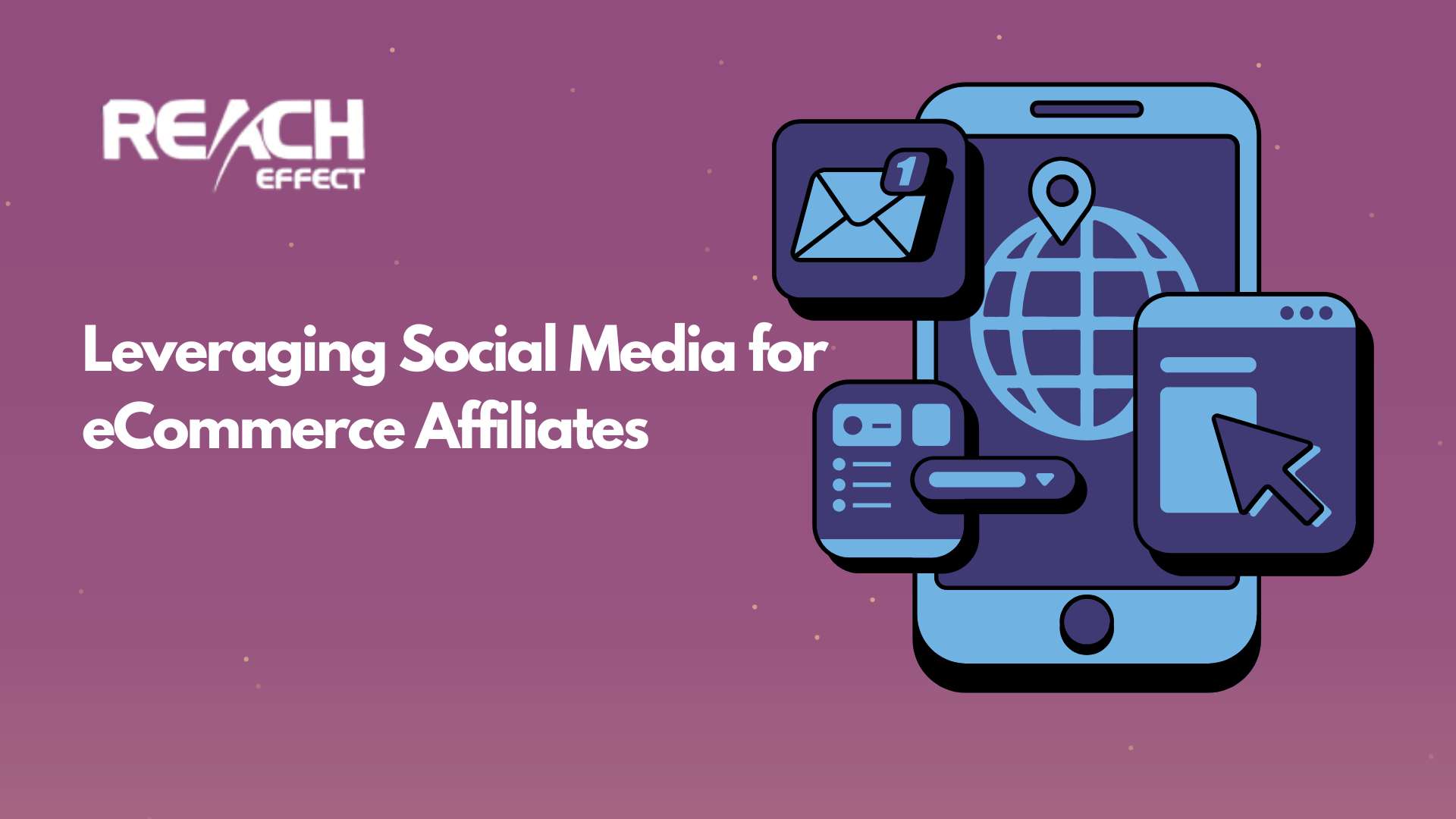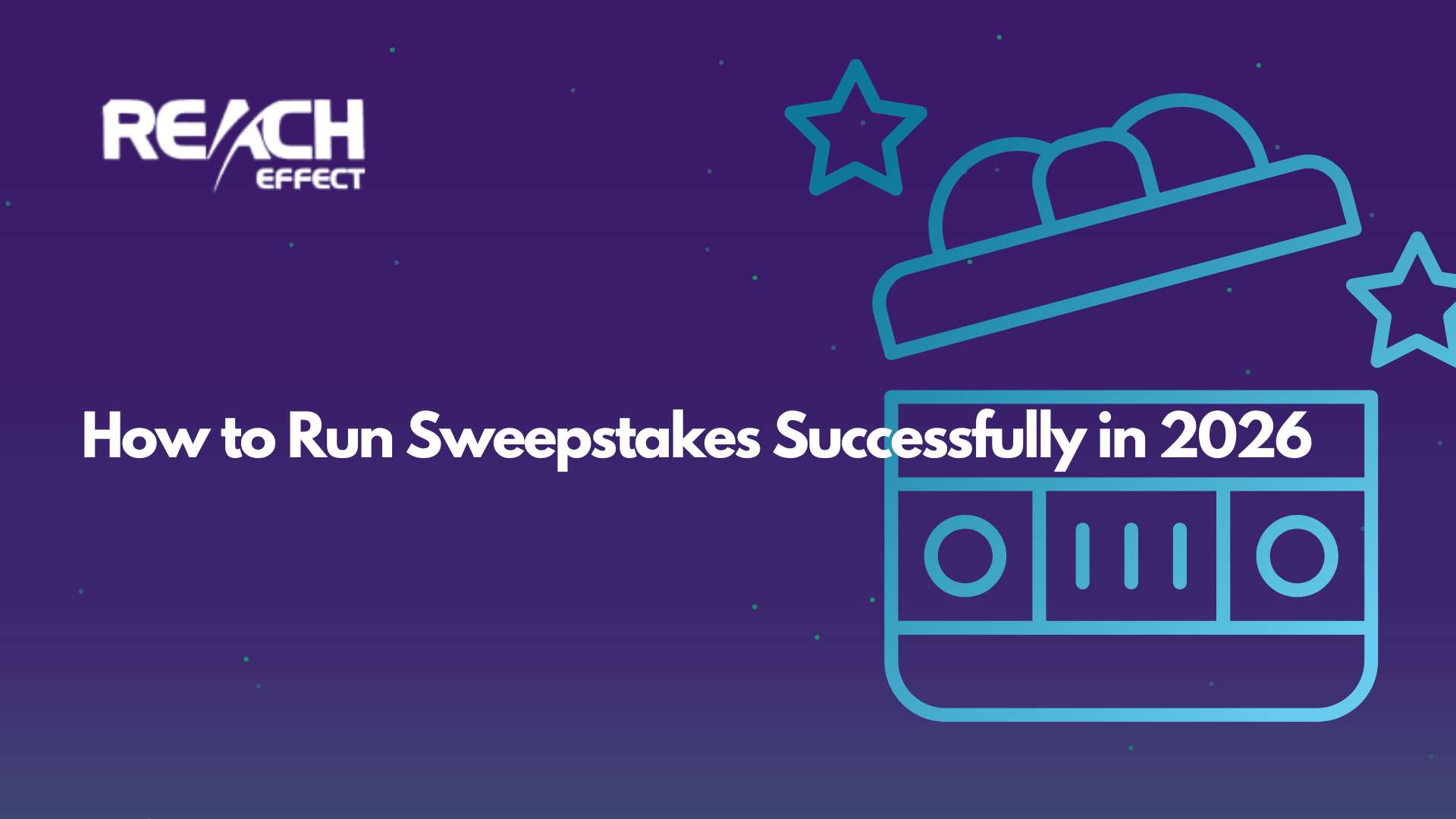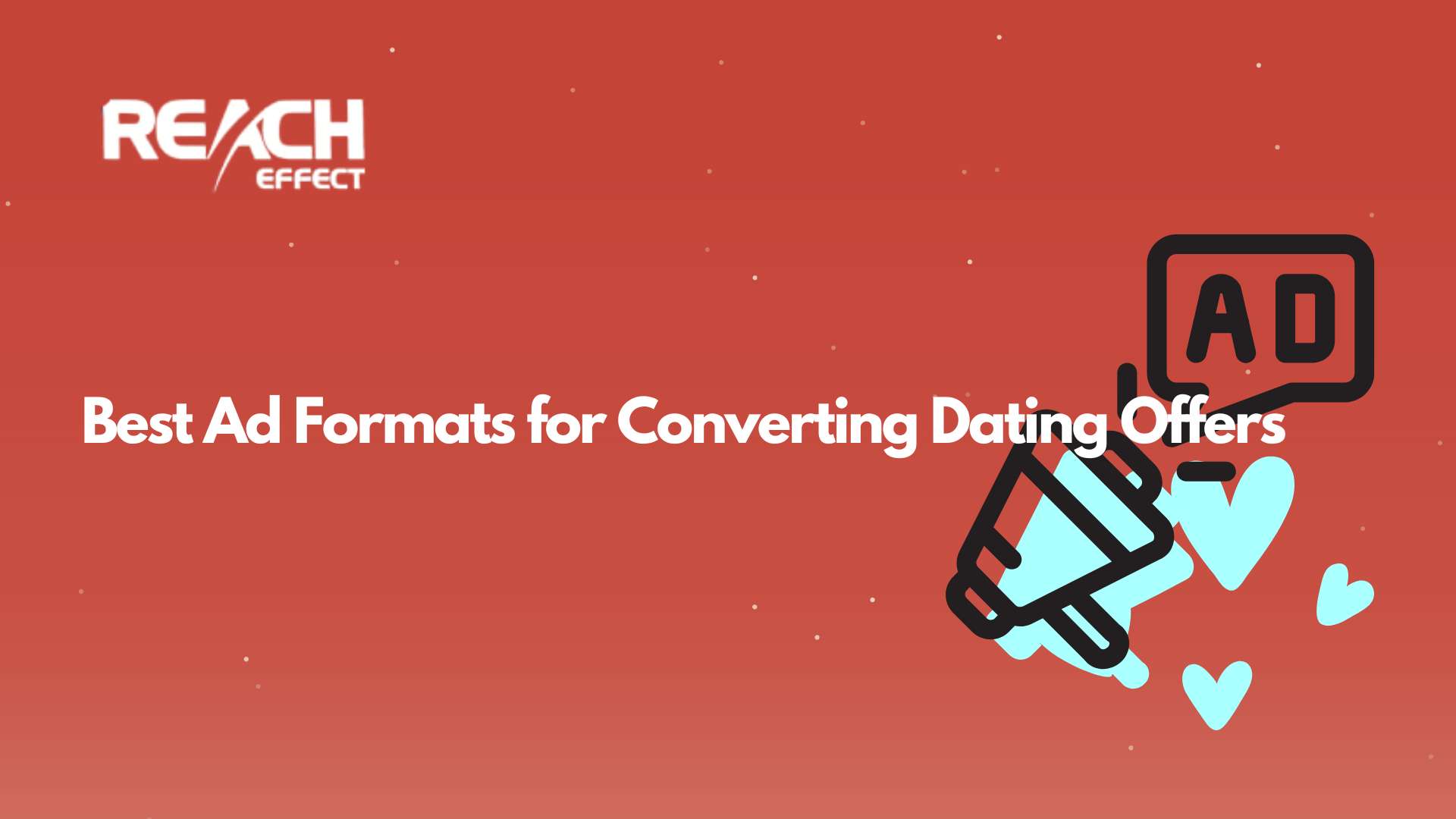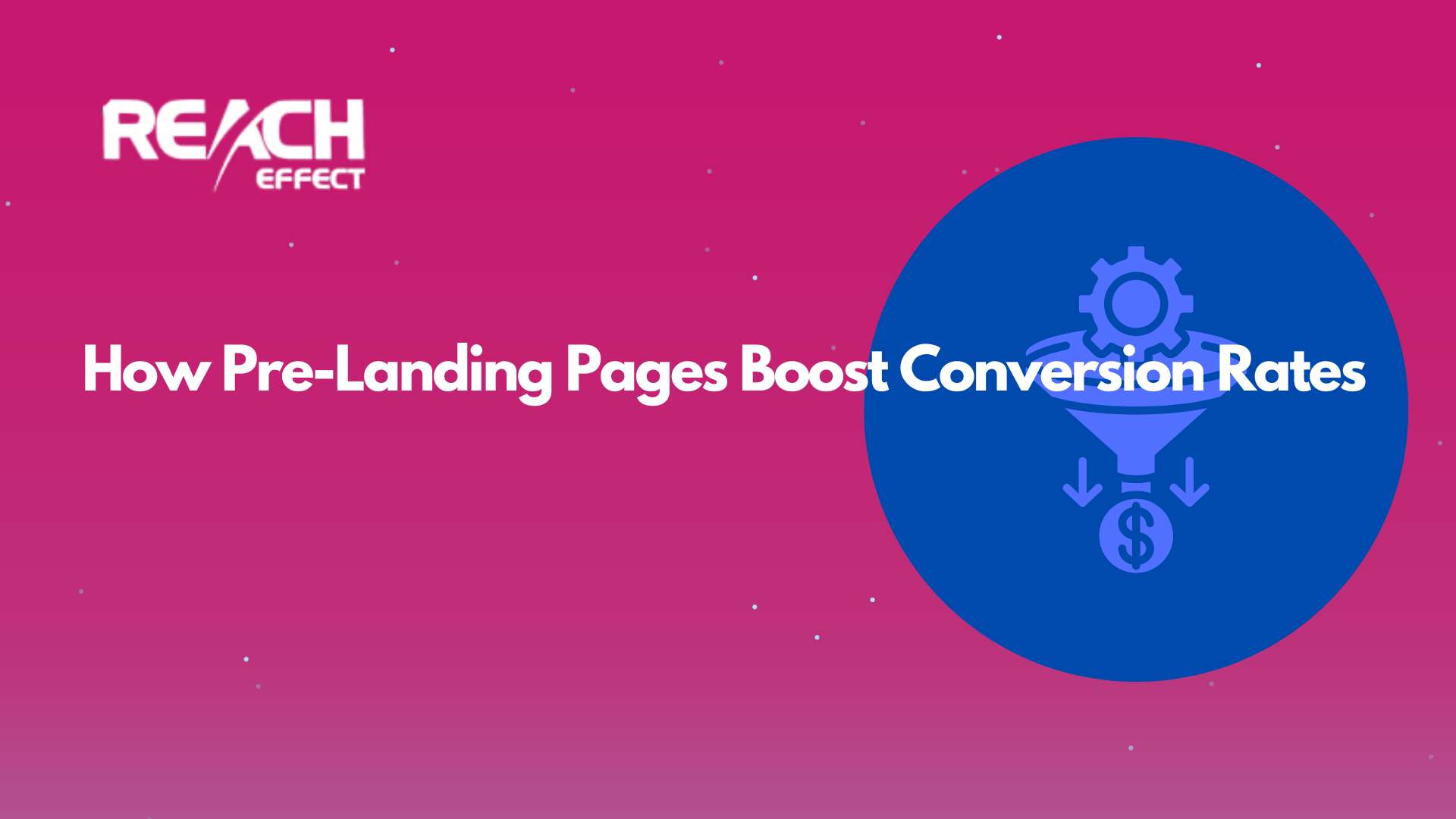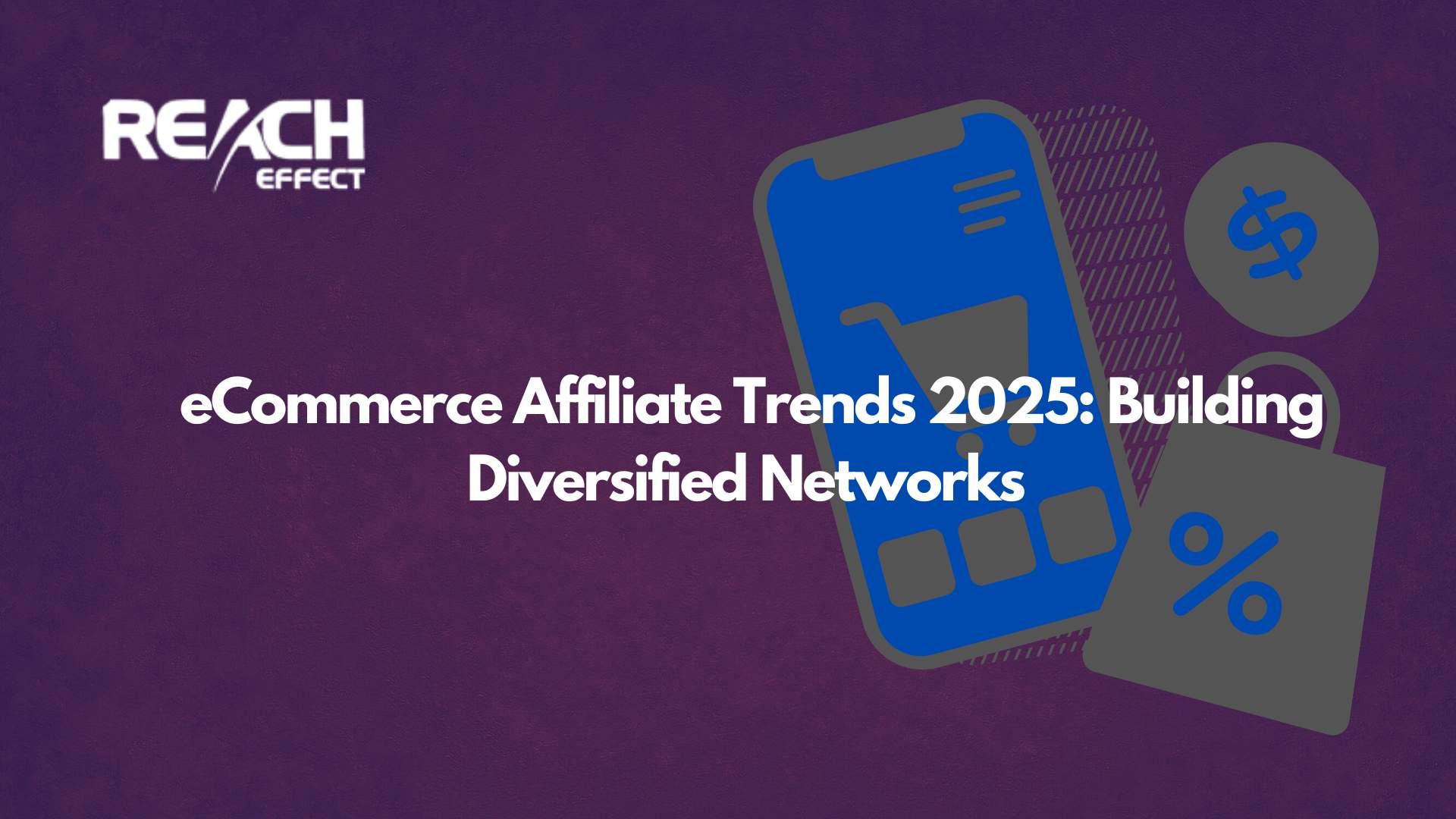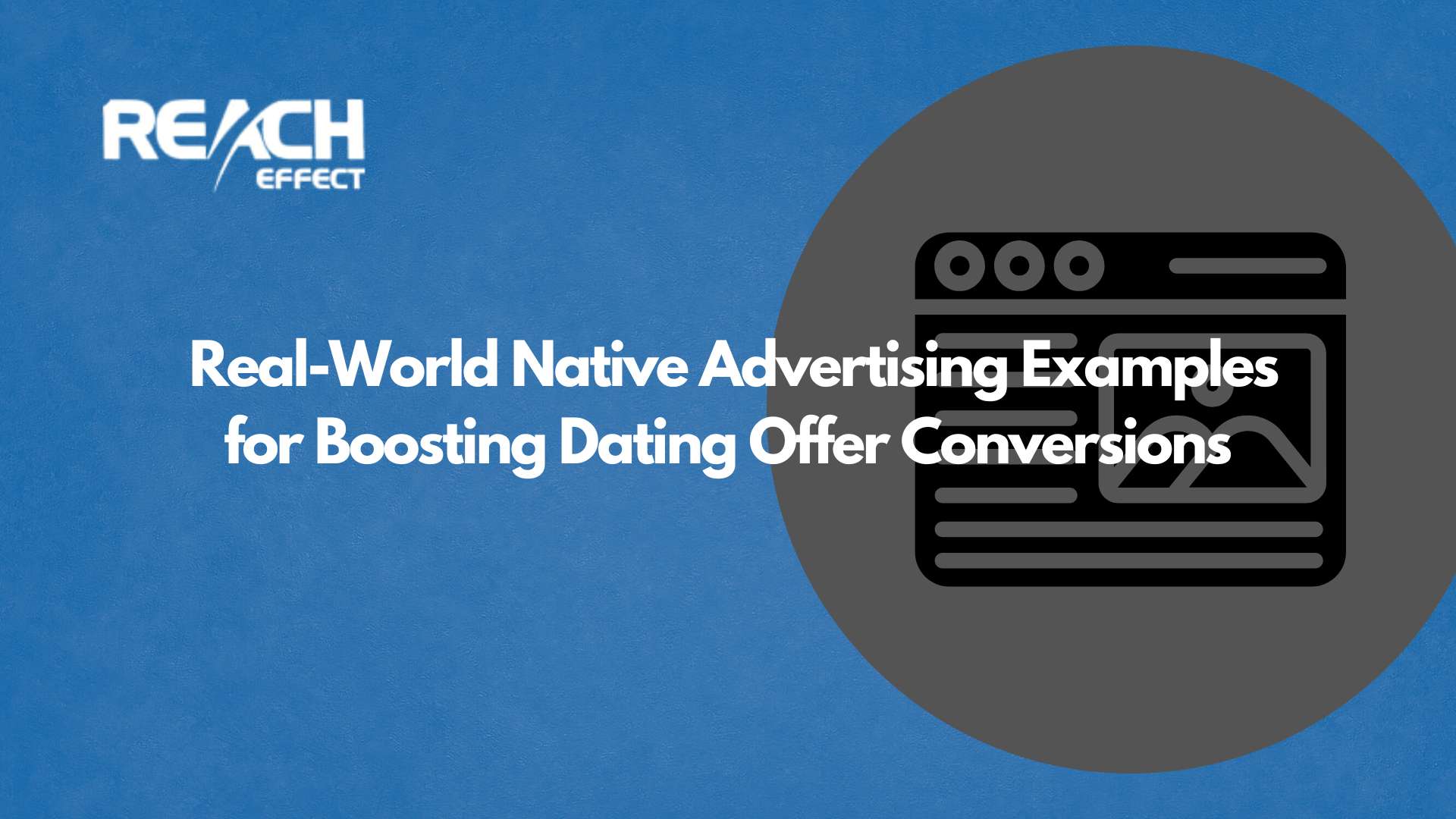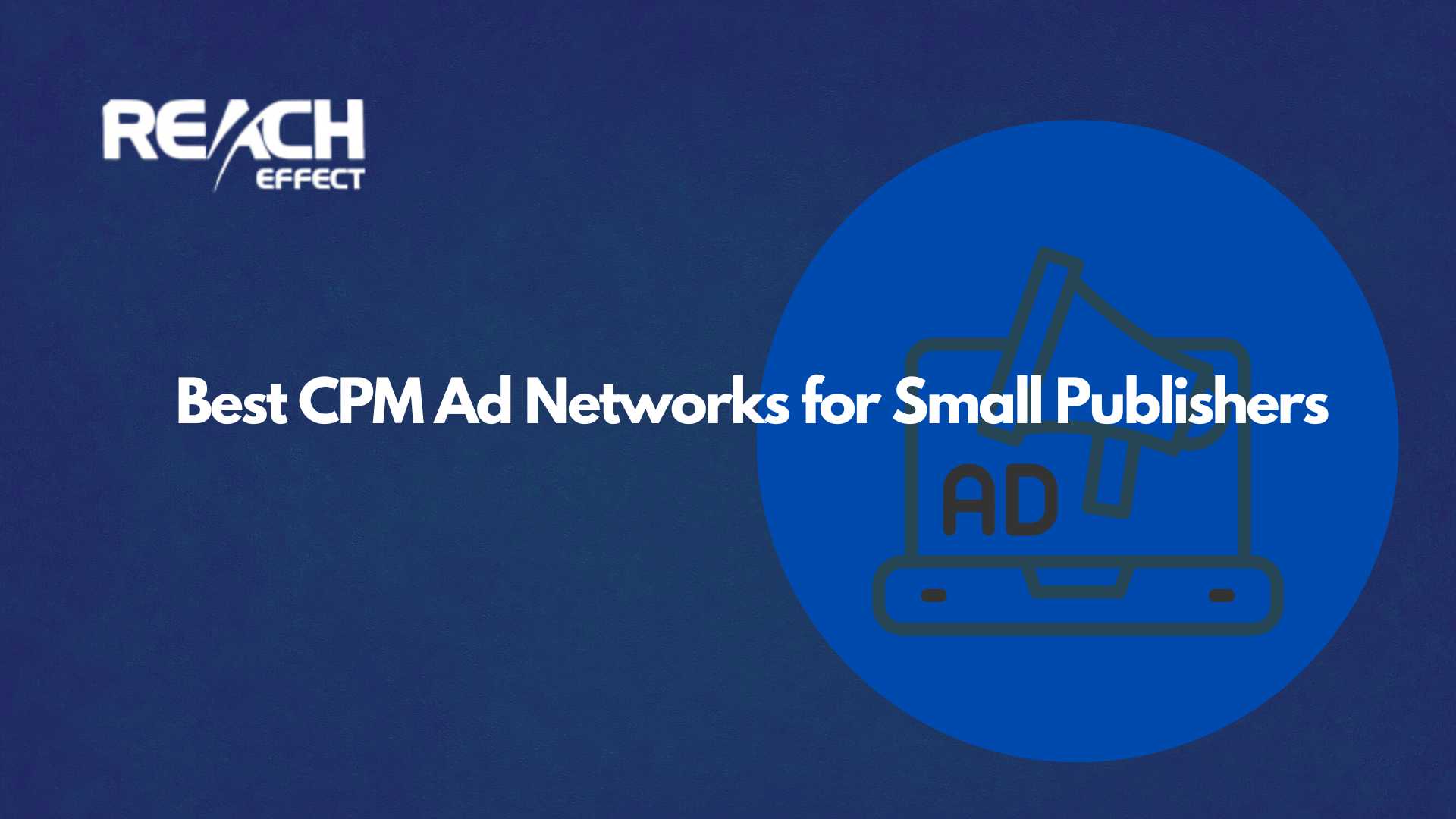You’re staring at your ad dashboard, and there are numbers everywhere. Click-through rates, cost per click, conversion rates. It’s like alphabet soup, but with your marketing budget on the line.
Thank you for reading this post, don't forget to subscribe!I’ve been there. Trying to figure out which metrics actually matter and which ones just look impressive in reports. Today I’m breaking down the click through rate vs cost per click debate once and for all.
These two metrics tell completely different stories about your campaigns, and understanding both can save you thousands in wasted ad spend.
What Click-Through Rate Really Tells You
Click-through rate (CTR) measures how many people click your ad compared to how many see it. If 100 people see your ad and 3 click it, you’ve got a 3% CTR.
Sounds simple, right? But here’s what most people miss. CTR isn’t just about clicks. It’s about relevance.
When people click your ads, they’re essentially saying “this looks interesting enough to interrupt what I’m doing.” That’s powerful feedback about whether your message resonates with your audience.
Google Search ads average around 3.17% CTR across all industries, but some sectors perform way better. Dating and travel ads can hit over 6% because people actively want what they’re selling.
High CTRs usually mean you’re targeting the right people with the right message. Low CTRs? Your ad probably feels irrelevant or boring to your audience.

Cost Per Click: The Price of Attention
Cost per click (CPC) is exactly what it sounds like. How much you pay every time someone clicks your ad.
Facebook ads average $1.72 per click across all industries, but that number varies wildly depending on your industry and targeting.
Here’s the thing about CPC that catches people off guard. A high CPC isn’t automatically bad news. If you’re selling $500 products, paying $5 per click might be totally worth it. But if you’re selling $20 items, that same $5 click could kill your profits.
CPC tells you how competitive your space is and how much others are willing to pay for the same audience. It’s the market price of attention in your industry.
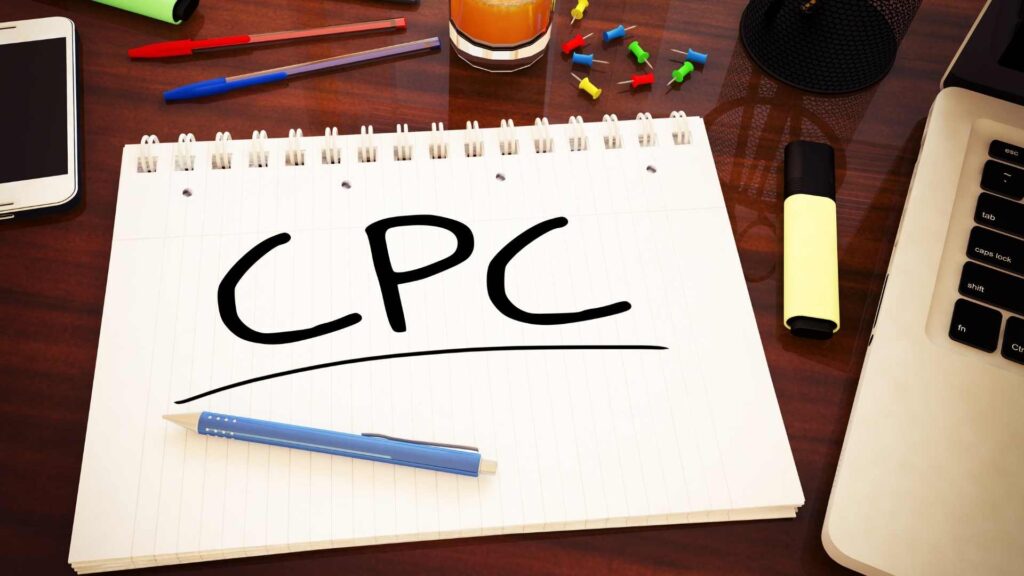
The Dance Between CTR and CPC
Here’s where it gets really interesting. CTR and CPC aren’t independent metrics. They’re constantly influencing each other.
Recent data shows that when click-through rates jumped by 16%, CPCs stayed nearly flat, indicating improved ad relevance and targeting efficiency.
When your CTR improves, platforms like Google and Facebook reward you with lower costs. Why? Because they want users to click ads. High-CTR ads make the platform more money and keep users engaged.
Low-CTR ads get punished with higher costs. It’s like the platform saying “if people don’t want to click your ad, you’ll pay more to show it.”
This creates a beautiful feedback loop. Better ads get cheaper clicks, which leads to more data, which helps you create even better ads.
Which Metric Should You Prioritize?
This is where most marketers get confused. Should you focus on getting more clicks or cheaper clicks?
The answer depends on your goals, but here’s my take after managing thousands of campaigns.
Focus on CTR first, especially when starting new campaigns. High CTRs signal that your message resonates. They also unlock lower costs over time, making your budget stretch further.
But don’t chase CTR blindly. I’ve seen campaigns with amazing CTRs that lost money because the clicks didn’t convert. Sometimes a lower CTR with better-qualified clicks performs better overall.
CPC becomes more important as you scale. Once you’ve proven your ads work, CPC determines how much volume you can achieve with your budget.
Industry Benchmarks That Actually Matter
Knowing industry averages helps you set realistic expectations and identify opportunities.
Travel ads typically see 4.68% CTR, while dating ads can hit 6.05%. These industries benefit from high user intent. People actively want to travel or meet someone.
B2B industries usually see lower CTRs but higher conversion rates. A 1.5% CTR might be excellent for enterprise software if those clicks turn into $50,000 sales.
E-commerce generally falls in the middle, with CTRs around 2-4% depending on product category and targeting precision.
Don’t get too hung up on beating industry averages. Focus on beating your own previous performance and understanding what drives improvements.
The Real-World Impact on Your Business
Let me share a quick story that illustrates why this matters.
I worked with a client spending $10,000 monthly on Google Ads. Their CTR was terrible at 1.2%, and their CPC was $4.50. Classic signs of poor ad relevance.
We rewrote their ads to match search intent better and improved their CTR to 2.8%. Their CPC dropped to $2.90, and suddenly that same $10,000 budget generated 40% more clicks.
But here’s the kicker. Those clicks converted better too, because people clicking relevant ads are more qualified prospects.
That’s the power of understanding how these metrics work together.
Common Mistakes That Kill Performance
Most marketers make the same mistakes when optimizing CTR and CPC.
They write ads that sound like everyone else’s. Generic headlines like “Best Prices” or “Quality Service” don’t make people want to click. Specific, benefit-focused headlines do.
They target too broadly. Trying to appeal to everyone usually means appealing to no one. Narrow targeting often improves both CTR and conversion rates.
They ignore ad relevance scores. Platforms literally tell you how relevant your ads are, but most people don’t pay attention to these signals.
They optimize for the wrong metric. Chasing cheap clicks from unqualified traffic is worse than paying more for clicks that actually convert.
Tools and Strategies for Optimization
For agencies managing multiple campaigns, platforms like Reacheffect make it easier to track CTR and CPC across different channels and campaigns. Having centralized reporting helps identify patterns and opportunities faster.
A/B testing remains the best way to improve both metrics. Test different headlines, descriptions, images, and targeting options. Small improvements in CTR can dramatically reduce your CPC over time.
Landing page relevance affects both metrics. If your ad promises something your landing page doesn’t deliver, people bounce quickly. Platforms notice this and penalize your ads with higher costs.
Negative keywords help improve CTR by preventing your ads from showing for irrelevant searches. Better targeting means fewer wasted impressions and higher click-through rates.
Advanced Optimization Tactics
Once you’ve mastered the basics, here are some advanced strategies that can give you an edge.
Dayparting your ads to show only when your audience is most active can boost CTR significantly. Why waste impressions when your target market is asleep?
Using ad extensions increases your ad’s real estate and often improves CTR. Extensions like site links, callouts, and structured snippets make your ads more comprehensive and clickable.
Audience layering combines different targeting methods to reach highly qualified prospects. You might target people interested in your product category who also visited competitor websites recently.
Dynamic ad content that changes based on user behavior or location can dramatically improve relevance and CTR.
The Mobile Factor
Mobile changes everything about CTR and CPC optimization. Most digital advertising now runs on mobile devices, but many marketers still optimize for desktop first.
Mobile users interact with ads differently. They scroll faster, have shorter attention spans, and click less frequently. This typically results in lower CTRs but can also mean lower CPCs.
Mobile-first ad creation focuses on thumb-stopping visuals and concise copy. What works on desktop often fails miserably on mobile.
Location-based targeting becomes more powerful on mobile. You can target people near your business, near competitors, or in specific geographic areas with relevant messaging.
Budget Allocation Based on Performance
Understanding CTR vs CPC helps you allocate budget more effectively across campaigns and keywords.
High-CTR, low-CPC combinations are goldmines. Pour more budget into these winning combinations while they’re performing well.
High-CPC, low-CTR combinations need immediate attention. Either improve the ads or pause them. These combinations drain budgets fast without delivering results.
Medium performers often represent opportunities. Small improvements in CTR can significantly reduce CPC and improve overall campaign profitability.
The Future of These Metrics
Digital advertising keeps evolving, and so do these metrics. Privacy changes, new platforms, and shifting user behavior all impact how CTR and CPC work.
iOS privacy updates have made targeting less precise, which generally increases CPC and can hurt CTR if you’re not adapting your strategies.
New ad formats like shoppable posts and interactive ads are changing how we measure engagement beyond simple clicks.
Voice search and smart speakers are creating new advertising opportunities that don’t rely on traditional click-through metrics.
Making It All Work Together
Success comes from understanding how CTR and CPC work as a system, not isolated metrics.
Start by focusing on relevance. Create ads that truly match what your audience wants. This improves CTR, which reduces CPC, which stretches your budget further.
Monitor both metrics regularly but don’t obsess over daily fluctuations. Look for trends over weeks and months rather than day-to-day changes.
Always connect these metrics to business outcomes. High CTR and low CPC mean nothing if they don’t generate leads, sales, or whatever you’re actually trying to achieve.
Remember that these metrics are tools to help you make better decisions, not goals in themselves. The real goal is profitable growth for your business.

